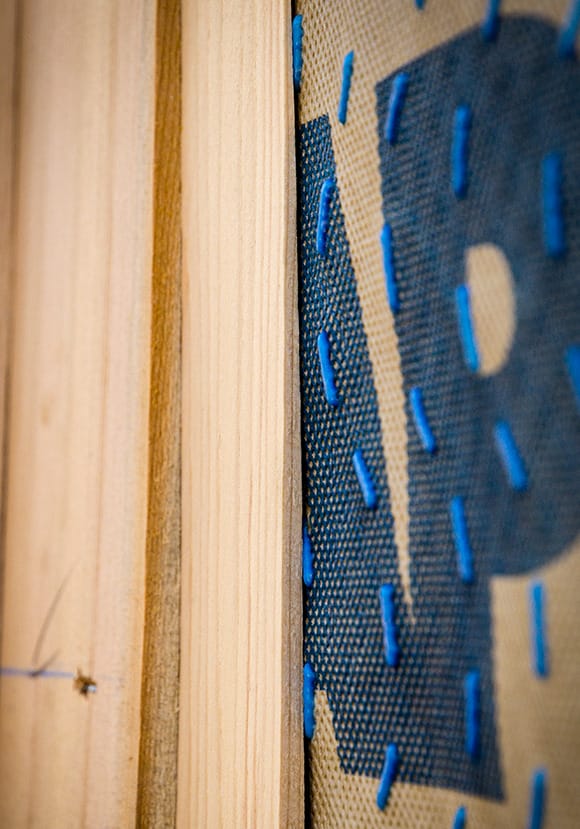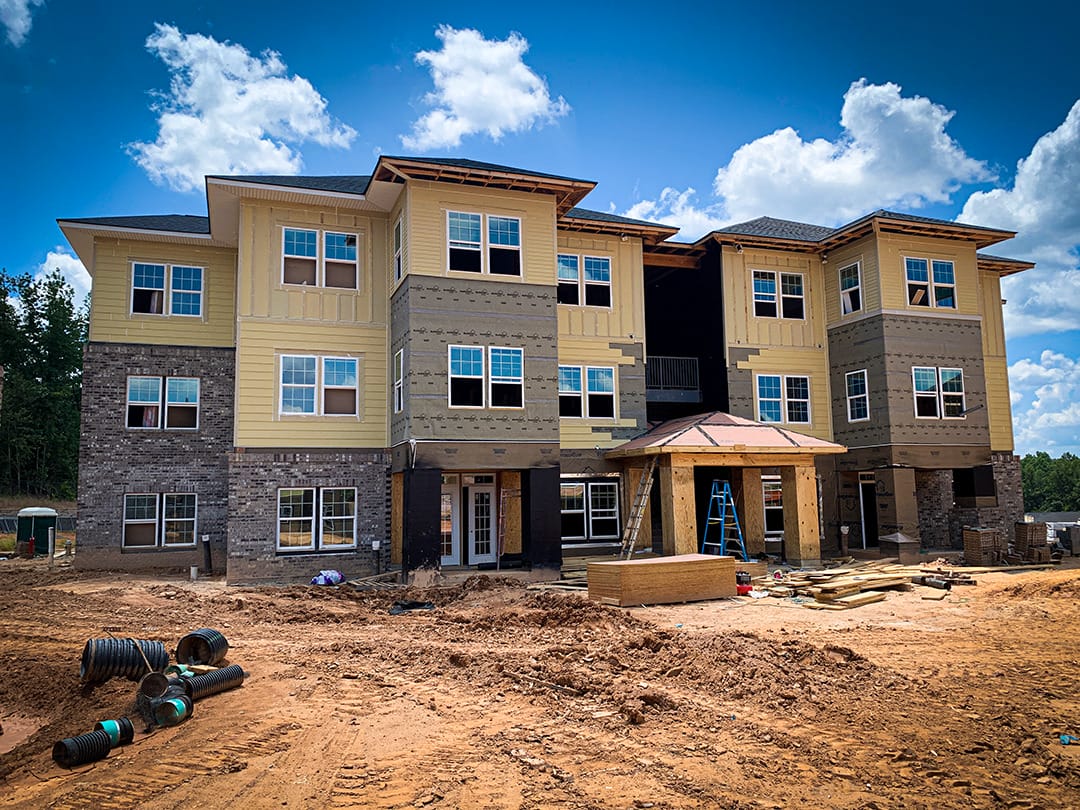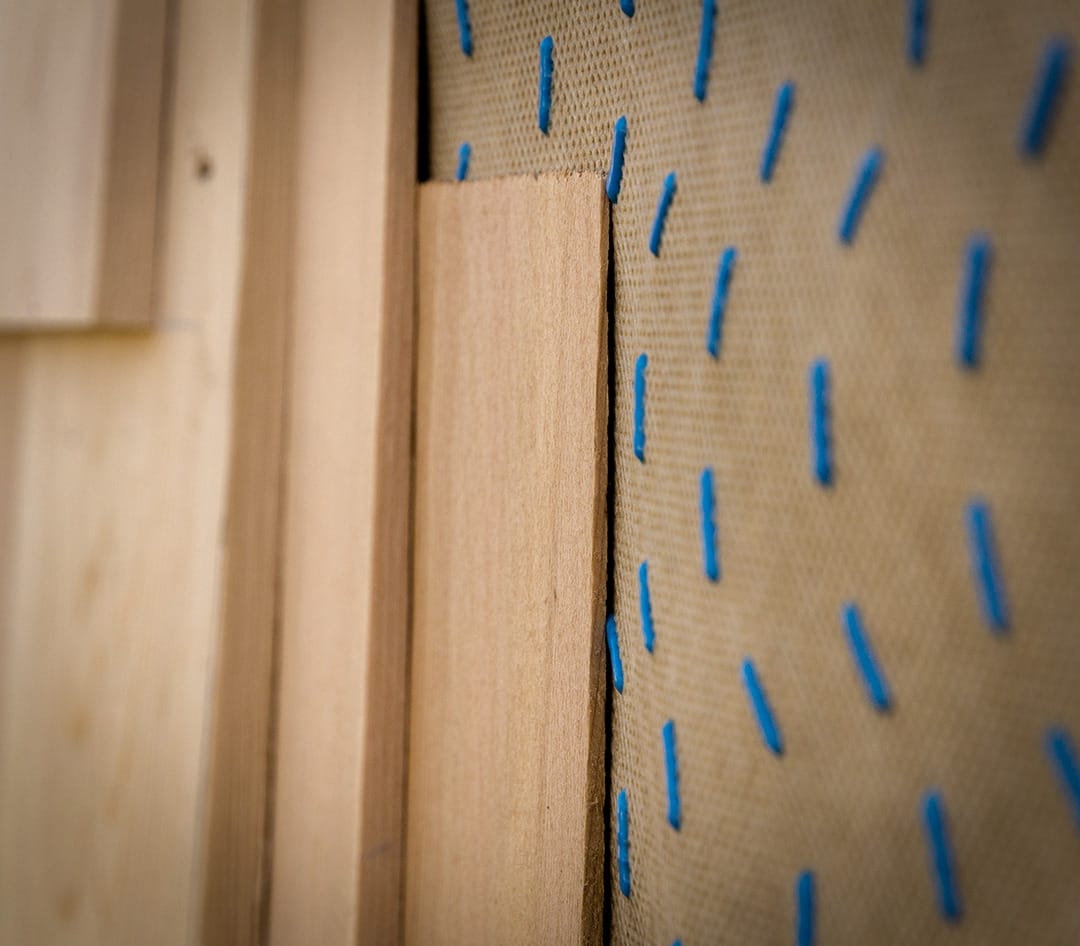Why doing more than just the minimum matters.
All too often we hear in the field, “If it meets code, it’s fine,” or “I don’t see the value in paying a premium for something inside the walls,” or even “the cladding is water tight, I’ll never have a problem, the housewrap doesn’t matter.”

HydroGap Drainable Housewrap Samples
GET YOUR FREE SAMPLES TODAY OF HYDROGAP DRAINABLE HOUSEWRAP
As you know, a water resistive barrier is more than just a water barrier; it helps to maintain the structural integrity of the wall. If it fails, the entire wall fails. Surfactants, or surface acting agents, can compromise the water hold out of WRBs. Surfactants are found in many building materials and can affect the capability of the housewrap they come in contact with. It is important to have a housewrap (WRB) that will not be negatively compromised by surfactants.
Not only is it important to have a housewrap that can resist surfactants, but you also want one that won’t be damaged during the installation process. Tri-laminate housewraps, such as HydroGap and BenWrap, consist of three layers: a micro-porous, non-perforated film that is sandwiched between two non-woven layers that protect the film layer. The film layer is what gives the housewrap its breathability and water hold out capabilities. The non-woven layers protect the film layer from damage that can happen during the installation process.
A tri-laminate design helps ensure the performance characteristics of the housewrap won’t be compromised at any time. For more information regarding surfactants and the importance of a tri-laminate housewrap, check out the videos below.
Doing MORE Matters – Find Out Why Below:
What are Surfactants from Benjamin Obdyke on Vimeo.
What is a Tri-Laminate Housewrap from Benjamin Obdyke on Vimeo.




